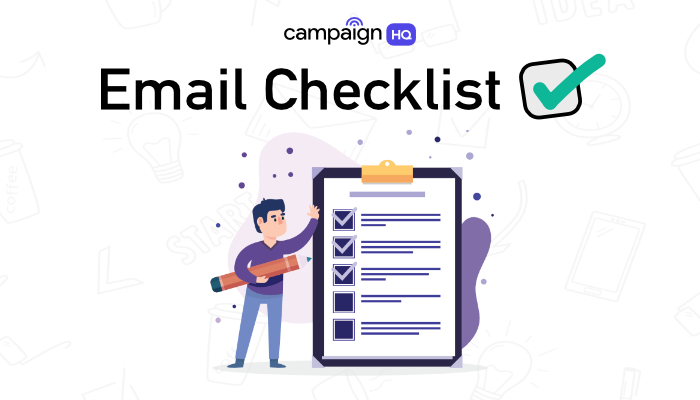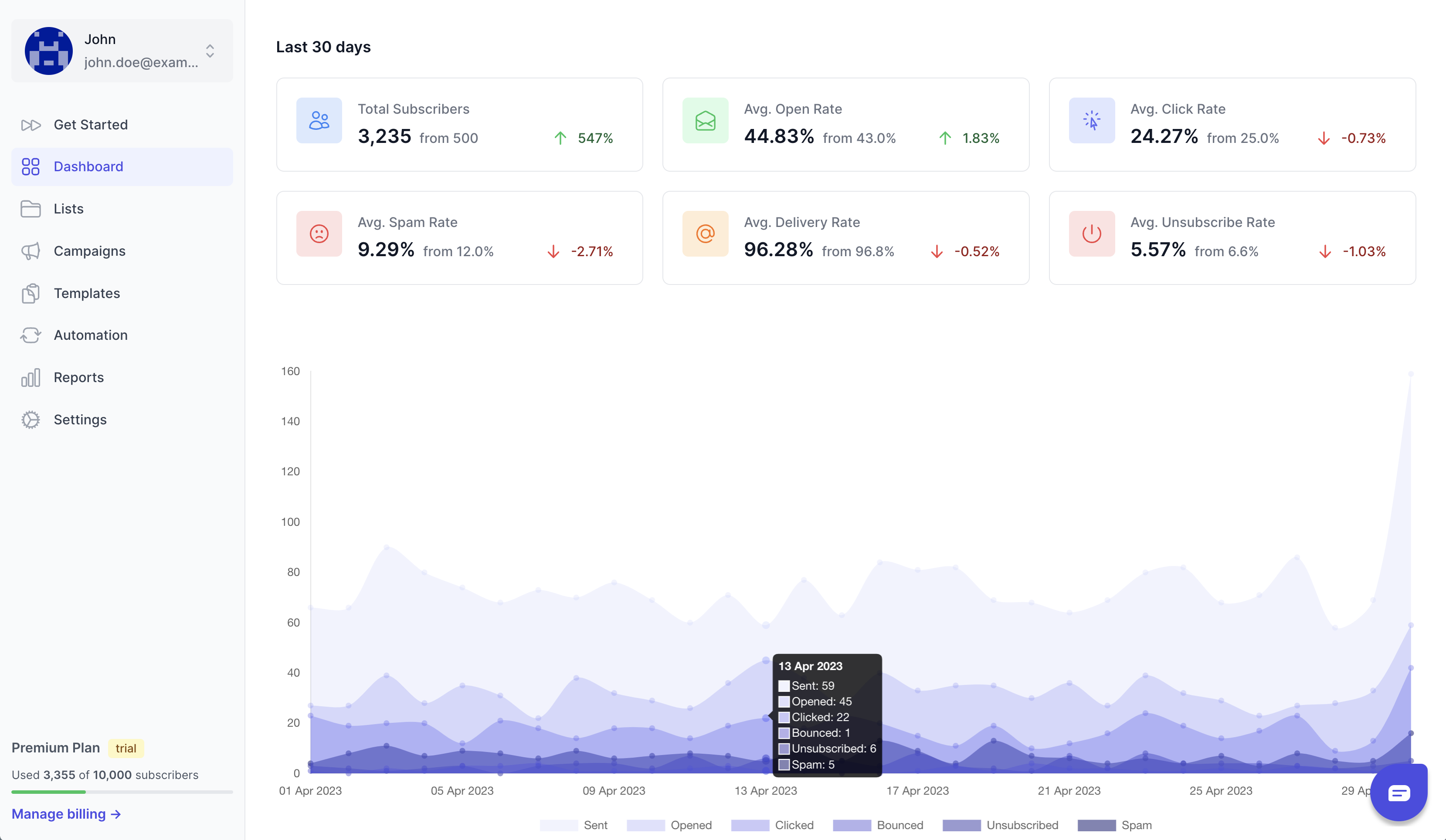
The ultimate email checklist for a successful campaign: Your 14-point email campaign checklist
Email marketing is still a crucial tool for companies in the digital era to communicate with their customers, encourage engagement, and increase sales. Unfortunately a great message alone won't make an email campaign successful.
Before pressing the "send" button, it's critical to go through a rigorous checklist to ensure your emails are on point and produce the desired outcomes. This blog post will go comprehensive on a thorough checklist that includes every essential component of a productive email campaign.
Establish Your Goals: Know what you want to accomplish with this campaign before you begin to write your email. Determining your goals will help shape the entire campaign, whether it's advertising a new product, offering informative material, or re-engaging silent subscribers.Understand your target market. Create material that will appeal to your target audience. Create customized content that speaks specifically to their needs and interests by dividing your email list into segments based on demographics, habits, and preferences.Create Compelling Subject Lines: A recipient's first impression of your email will be based on its subject line. It should be concise, captivating, and related to the email's subject line. To avoid having your email go into the dreaded spam folder, avoid employing spammy terms.Design for mobile devices: A substantial portion of email openings take place on mobile platforms. Make certain that your email template is responsive and appealing on a range of screen widths. Before sending your email, make sure it works on many platforms.Personalization: Emails that are more personalized get more opens and click-throughs. To establish a more personal connection, include the recipient's name, previous purchases, or other pertinent information.Clear and Actionable Content: The text in your emails should be brief and straightforward. Use a call-to-action (CTA) that is unambiguous and directs readers toward the action you want them to take, such as clicking a link, making a purchase, or registering for an event.Quality Content and Visuals: Make sure your content is of the highest standard and beneficial to your readers, whether you're offering educational pieces or exhibiting your items. To strengthen your message, incorporate relevant and captivating pictures.Check Links and Buttons: Ineffective links and buttons can cause annoyance and missed chances. Make sure all the buttons and links in your email point users in the right direction by testing them all.Personalization and Segmentation Testing: Before sending to your full list, run A/B tests on various segments to determine the most effective subject lines, content, and CTAs. To maximize engagement, use the insights to optimize your campaign.Proofreading: Grammatical and spelling mistakes might damage your credibility. Carefully review and test your email for errors.Improve Send Times: Investigate and assess the most effective times to send emails to specific demographics. Open and click rates can be dramatically impacted by timing.Regulation Compliance: Verify that your email marketing matches with all applicable laws, such as the CAN-SPAM Act. Include your physical mailing address as well as a simple method for recipients to unsubscribe.Double-check Variable material: If you're utilizing personalized or dynamic content, make sure it is rendering properly based on the recipient's information.Testing: Before sending to your complete list, preview and send test emails to yourself and your coworkers to check the email's functioning and appearance.
Careful planning and attention to detail are necessary for creating and carrying out an effective email campaign. You'll be more prepared to write emails that connect with your audience, encourage participation, and help you reach your campaign objectives if you use this thorough email checklist.
Keep in mind that every campaign is an opportunity for learning, so evaluate the outcomes and gather information to improve your strategy in the future.
Dive into success today!Get started with our 7 days free trial
Send emails and whatsapp messages to your customers with ease and at a fraction of the cost.
